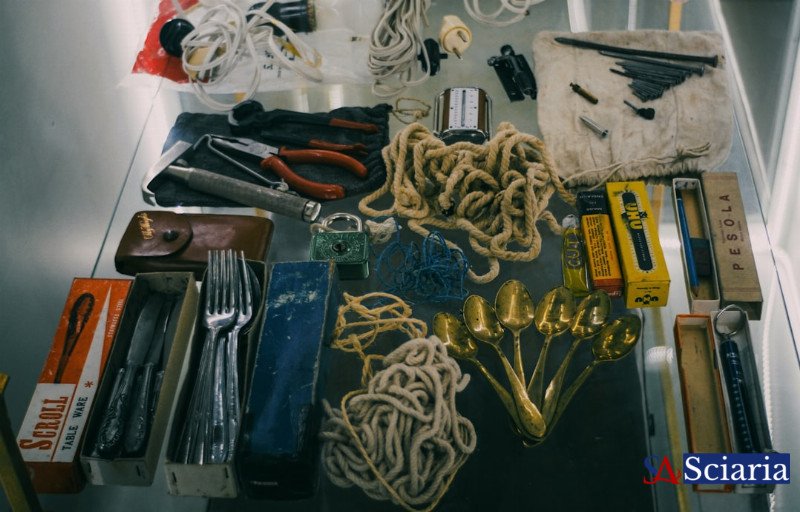Unveiling the Hidden Journeys: The Secret Lives of Everyday Materials
- Sciaria
- Materials
- Oct 08, 2025
- 0 Comments

Look around you. A smartphone, a ceramic mug, a wooden desk – these aren't just 'things.' They are the culmination of incredible journeys, each material possessing a fascinating 'secret life' that unfolds long before it reaches your hands. From its raw origins deep within the Earth to the intricate processes of transformation, every item tells a story of chemistry, physics, and immense human ingenuity. Understanding these hidden narratives not only deepens our appreciation for the objects we interact with daily but also sheds light on their true impact on our world.
Take plastic, for instance. Far from being a simple, inert substance, its life begins as crude oil, a fossil fuel formed over millions of years. Through complex refining processes, this dark liquid is transformed into monomers like ethylene or propylene, which are then linked together into long polymer chains – the building blocks of plastic. This seemingly magical transformation gives us everything from flexible food packaging to rigid car parts, showcasing unparalleled versatility. Yet, its incredible durability and ubiquity also mean its 'afterlife' presents one of our planet's most significant environmental challenges, prompting us to rethink its entire lifecycle.
Or consider concrete, the most widely used man-made material on Earth. It’s far more than just a simple mix of sand, gravel, and cement. Cement itself has an arduous journey, typically made by heating limestone and clay to scorching temperatures (over 1400°C) in giant kilns, creating a material called clinker. This clinker is then ground into a fine powder. When mixed with water, a precise chemical reaction occurs, forming a rock-hard, stone-like matrix that can support skyscrapers and bridges. Its immense strength and ability to literally build our modern world come at a cost, however, as cement production is a significant contributor to global carbon emissions.
Even something as seemingly simple and transparent as glass holds a remarkable secret. Made primarily from ordinary sand (silica), soda ash, and limestone, these humble ingredients undergo a fiery metamorphosis. Superheated to temperatures exceeding 1700°C, they melt into a molten liquid that can be skillfully molded, blown, or drawn into sheets. This ancient yet advanced material becomes our windows to the world, the bottles that hold our beverages, and the fiber optic cables that transmit information at the speed of light, connecting us across continents. Each form is a testament to the material's latent potential, unlocked by extreme conditions and precise engineering.
From the ancient geological processes that form raw materials to the cutting-edge industrial techniques that transform them, the materials defining our daily lives are products of profound narratives. Understanding their 'secret lives' not only enriches our appreciation for their existence and the scientific marvels behind them but, crucially, empowers us to make more informed, sustainable choices about their use, reuse, and ultimate disposal. They are not just inert objects; they are active participants in the grand, ongoing story of human innovation and environmental stewardship.
Comments (0)
Rate This Blog
Top Blogs by Rating
Your Dynamic DNA: The Adapting...
By Sciaria
Unleash Your Inner Explorer: T...
By Sciaria
Mycorrhizal Networks: Unearthi...
By Sciaria
Favorite Blog
Beyond the Chart: The Nurse's...
By Sciaria
Bending Light, Shaping Reality...
By Sciaria
Unleash Your Inner Recess: The...
By Sciaria





